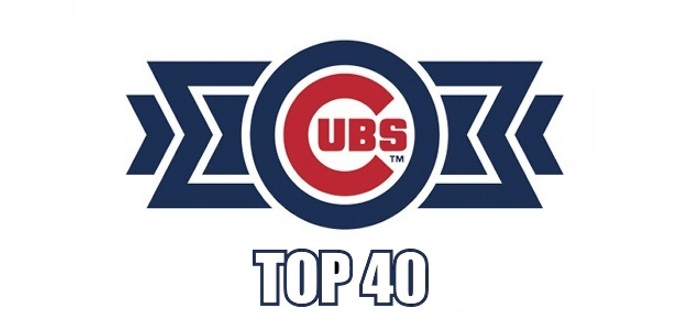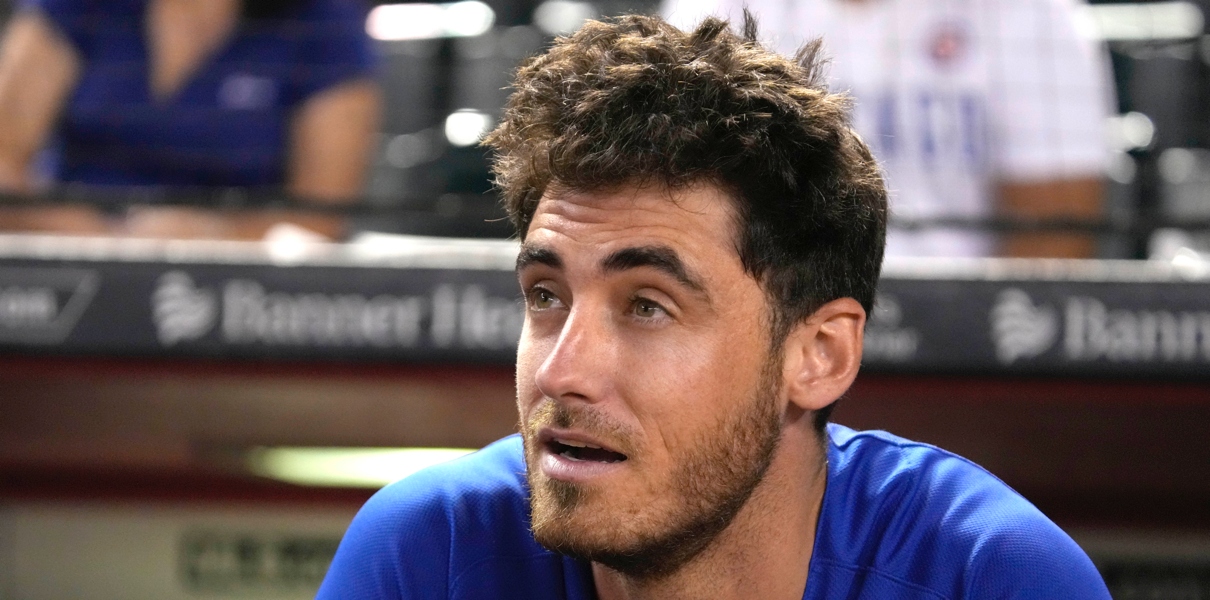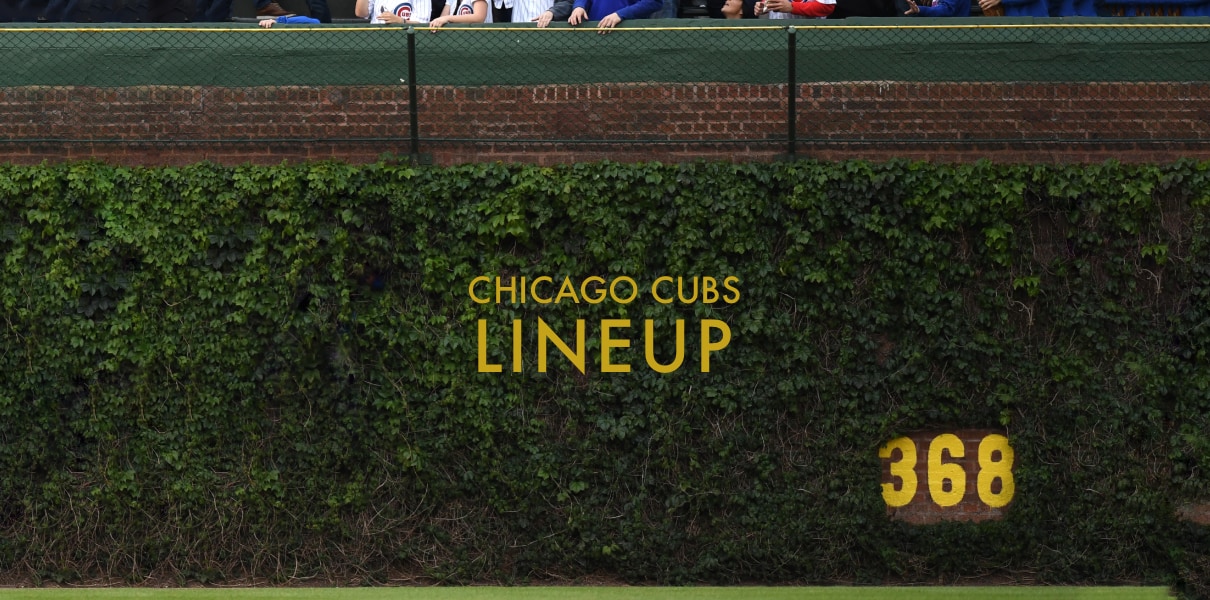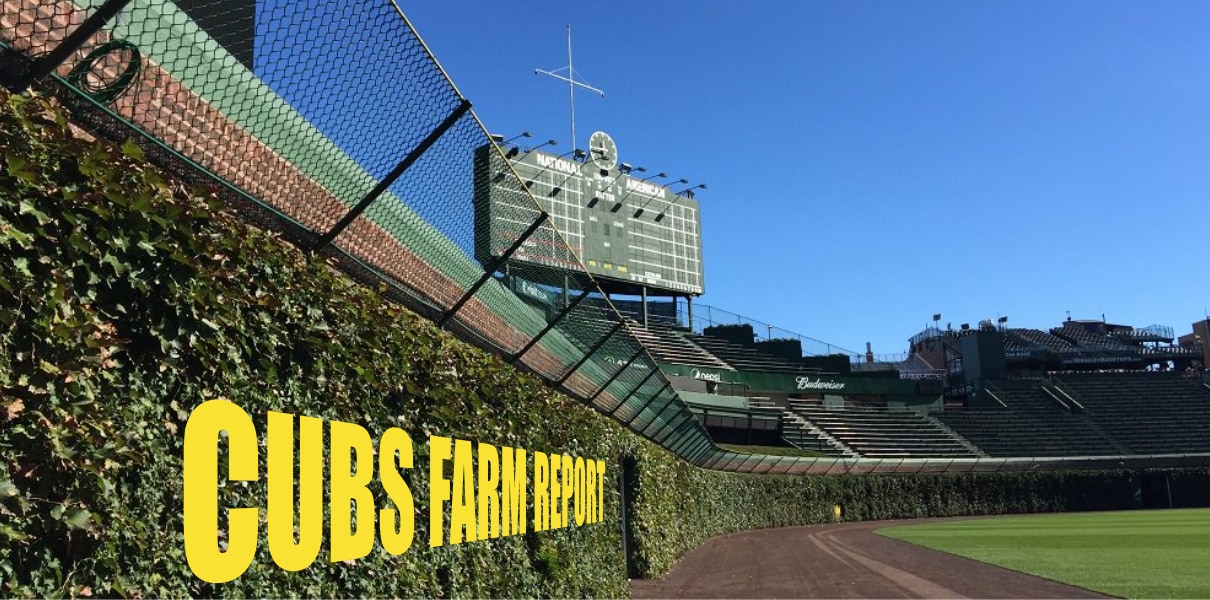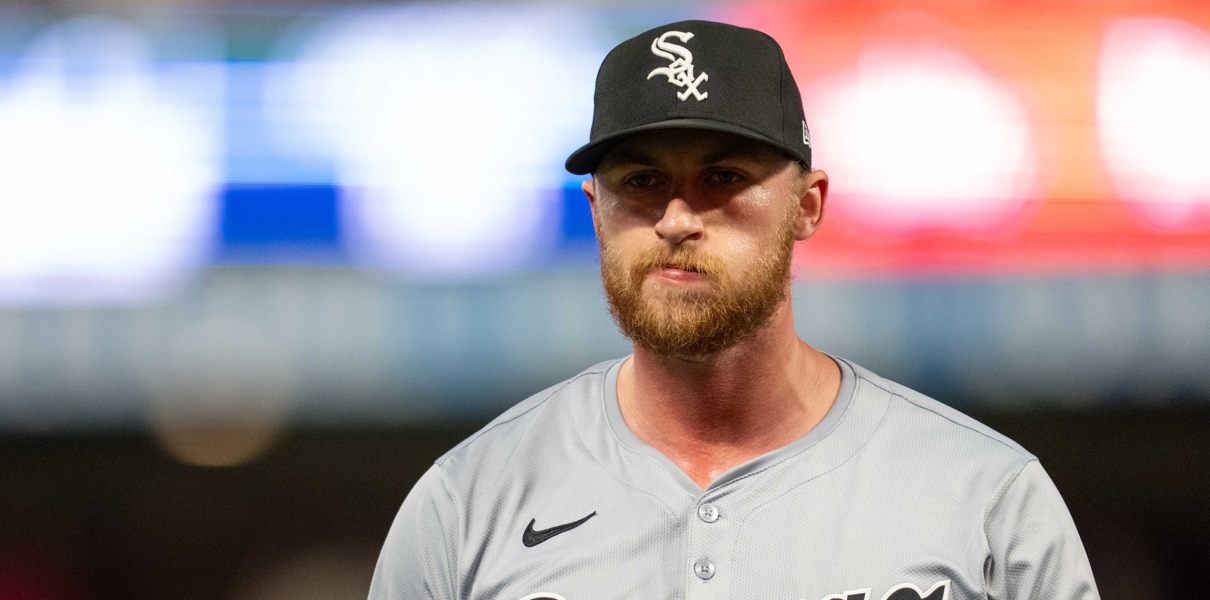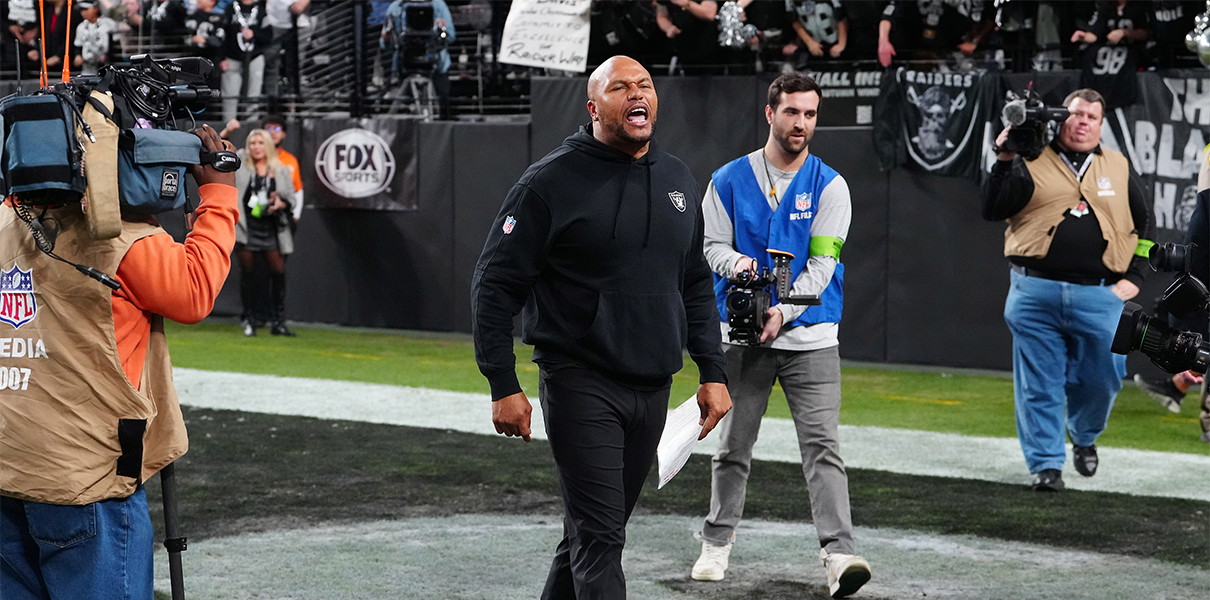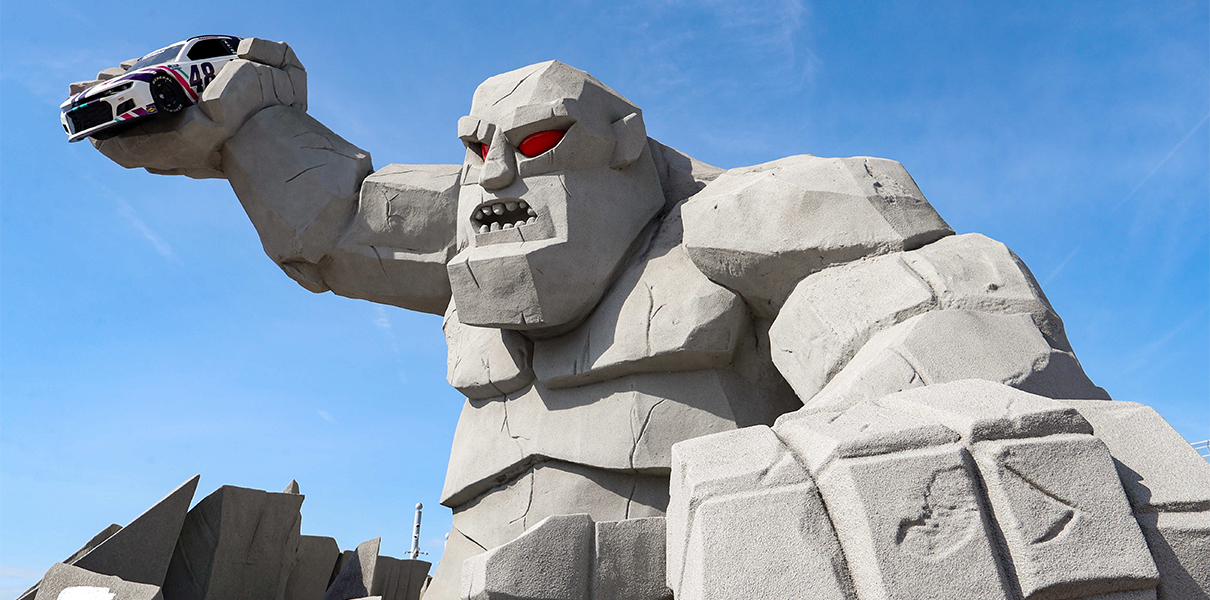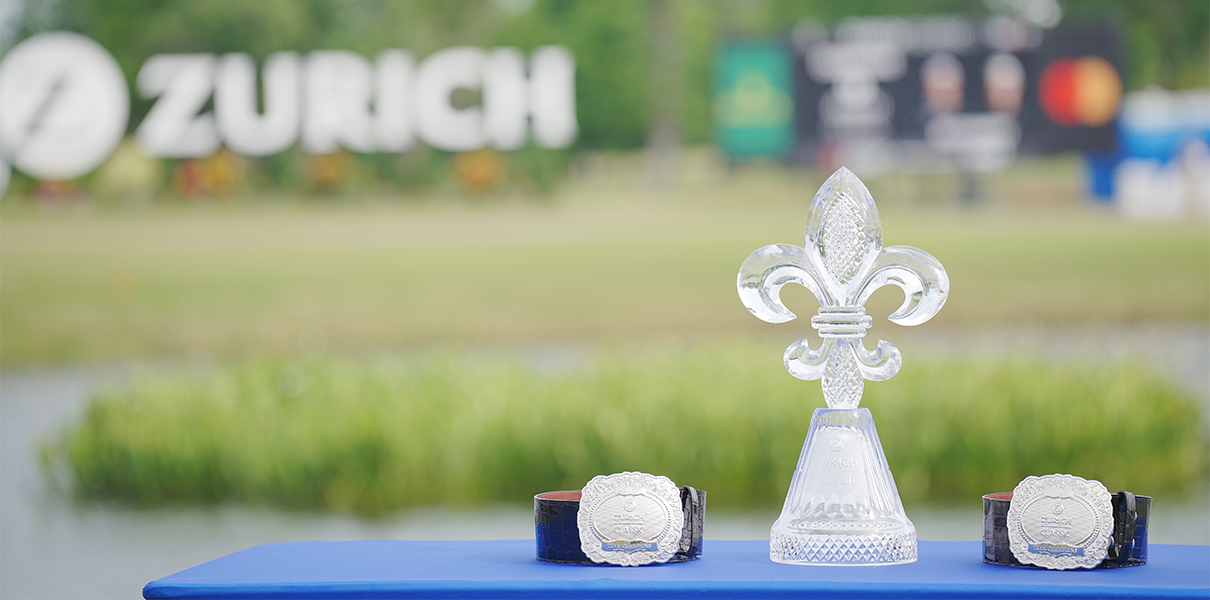Earlier: Farm System Overview, 40 through 26, 25 through 11, 10 through 1
This certainly isn’t the best Top 40 we’ve seen, but it also isn’t the worst, and there are some encouraging trends. The 2017 and 2018 drafts feature prominently, the Cubs have a lot of pitchers moving rapidly up the system, and they have a quite a bit of good defensive talent up the middle. Add in the Cubs’ proven track record with developing bats, and all the ingredients are there for the Cubs to rebuild their farm system back to at least something approaching league average in a year or two. They aren’t there yet, but I think we can feel confident that the rebound is underway.
But there is one more player we need to talk about before we can call this list complete. I’m not ranking him, but we should definitely be aware of him. We’ll get into that after running down the full list, here in one place:
1. Miguel Amaya
2. Keegan Thompson
3. Nico Hoerner
4. Alex Lange
5. Erich Uelmen
6. Adbert Alzolay
7. Jonathan Sierra
8. Cole Roederer
9. Erick Leal
10. Aramis Ademan
11. Nelson Velazquez
12. Matt Swarmer
13. Brailyn Marquez
14. Zack Short
15. Brennen Davis
16. Duncan Robinson
17. Charcer Burks
18. Jhonny Pereda
19. Brendon Little
20. Reivaj Garcia
21. Trevor Clifton
22. Ian Rice
23. Cory Abbott
24. Dakota Mekkes
25. Jose Albertos
26. Justin Steele
27. Bryan Hudson
28. D.J. Wilson
29. Jared Young
30. Jason Vosler
31. Andruw Monasterio
32. Trent Giambrone
33. Luke Reynolds
34. Wyatt Short
35. Michael Rucker
36. Javier Assad
37. Craig Brooks
38. Roberto Caro
39. Fernando Kelli
40. Grant Fennell
Now, as for the “and one more thing” prospect? Richard Gallardo. Get used to that name. You’ll be hearing it a lot for the next few years.
MLB Pipeline ranks Gallardo as the Cubs 26th best prospect. Baseball America puts him at 10. I don’t rank him yet, because we don’t include players who haven’t yet played a professional game in the United States. He just signed as an international free agent in July. He’s just sixteen, and he’s already credited with a plus fastball, a curve with plus potential, good mechanics, and good command. Many sources had him as the best pitching prospect in this past class.
But we should pump the brakes, just a bit. Even though Baseball America is my go to source for all things connected to international prospects, ranking a 16-year-old pitcher, who has yet to play a professional inning, that high, even in a mediocre system like this, seems really high. Laying aside the injury risk, which is substantial in a pitcher this far away from the majors, we’re still faced with the fact that we don’t really have a much data on him.
That doesn’t mean he isn’t a significant prospect, but just that we shouldn’t expect him to turn into the pitching equivalent of Eloy Jimenez. He could, and it would be great if he does, but that is a long way from now. His first step will be to start playing in Arizona. That will probably come next summer, and if things go very well we might see him in a full season league in 2020.
That means we probably won’t see Gallardo ranked in my 2019 preseason rankings. After that, we’ll just have to see.
Hopefully you feel a little better about the state of the Cubs’ farm system after these rankings. It is still near the bottom of the heap and probably won’t be much of a help if the Cubs have their sights set on any major trades for another year and a half, but I think it is moving in the right direction. Even better, it looks like it really is, finally, starting to produce enough pitching to both supply arms to the major league roster and to allow the Cubs to trade some in ordinary deals. That is a very good sign.
Thanks for reading everyone, and if you missed any of the deeper looks at the prospects individually, you can catch up here: Farm System Overview, 40 through 26, 25 through 11, 10 through 1


